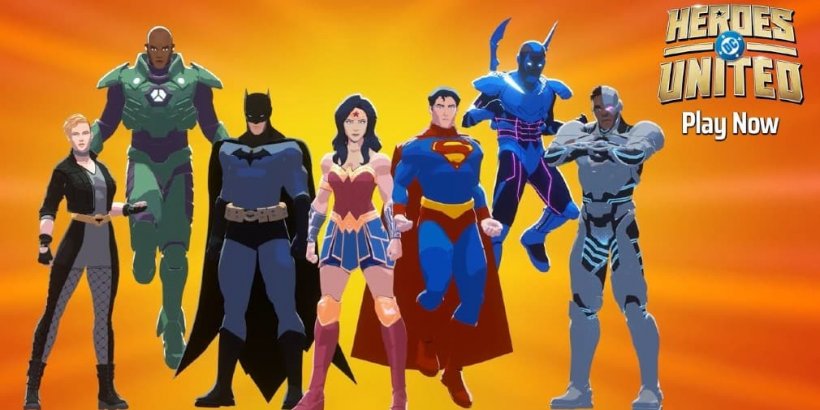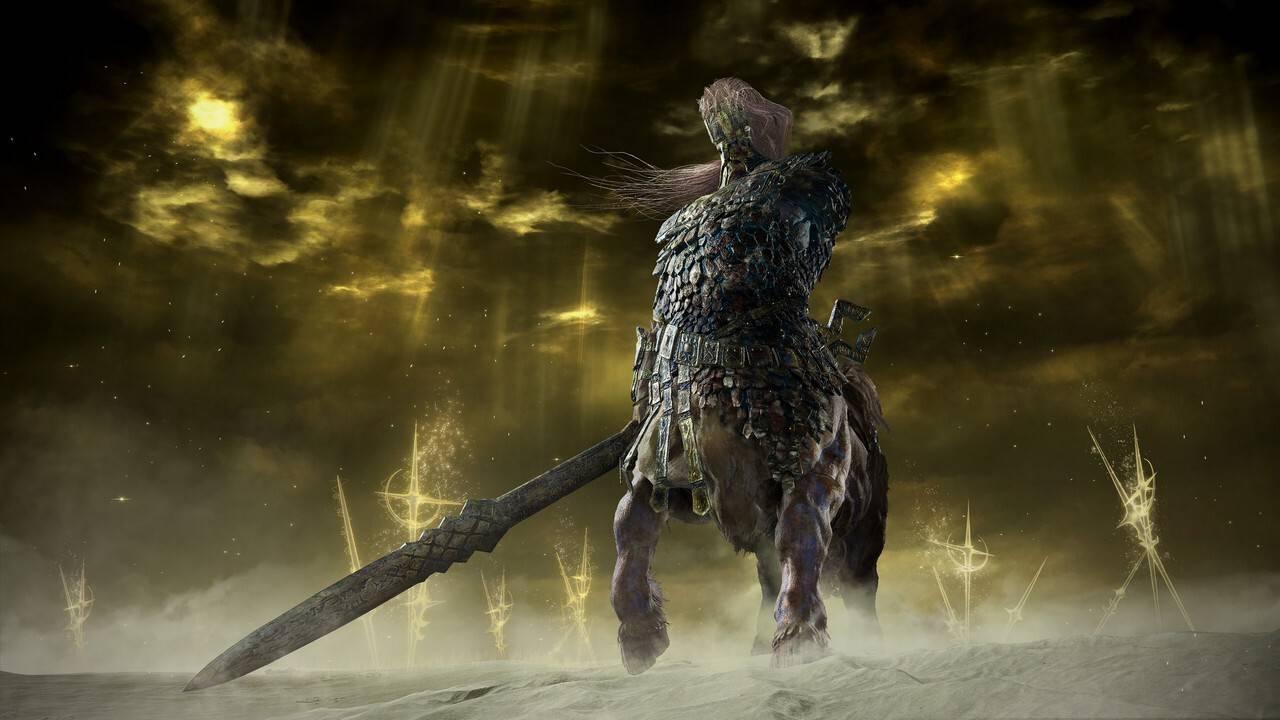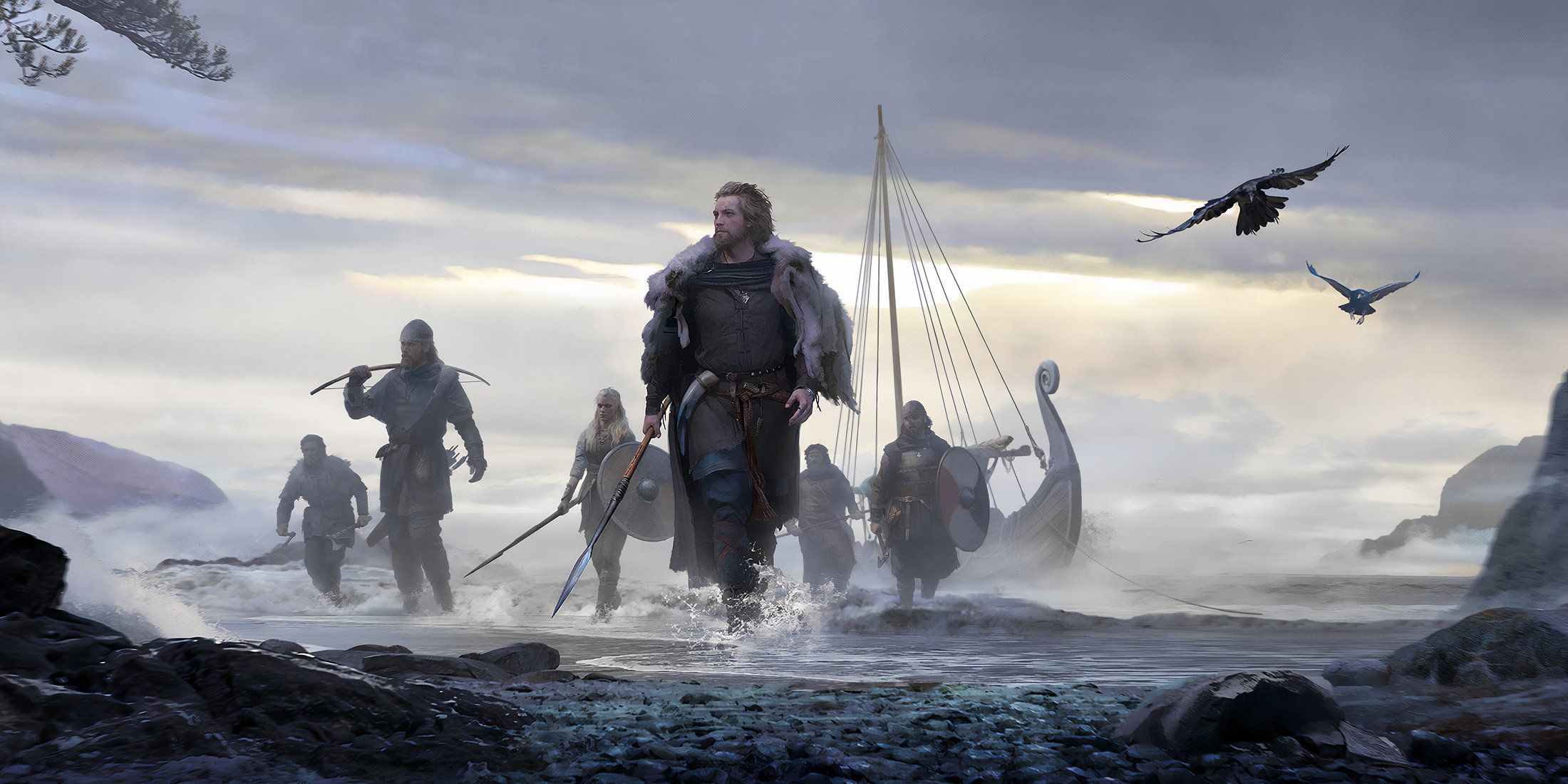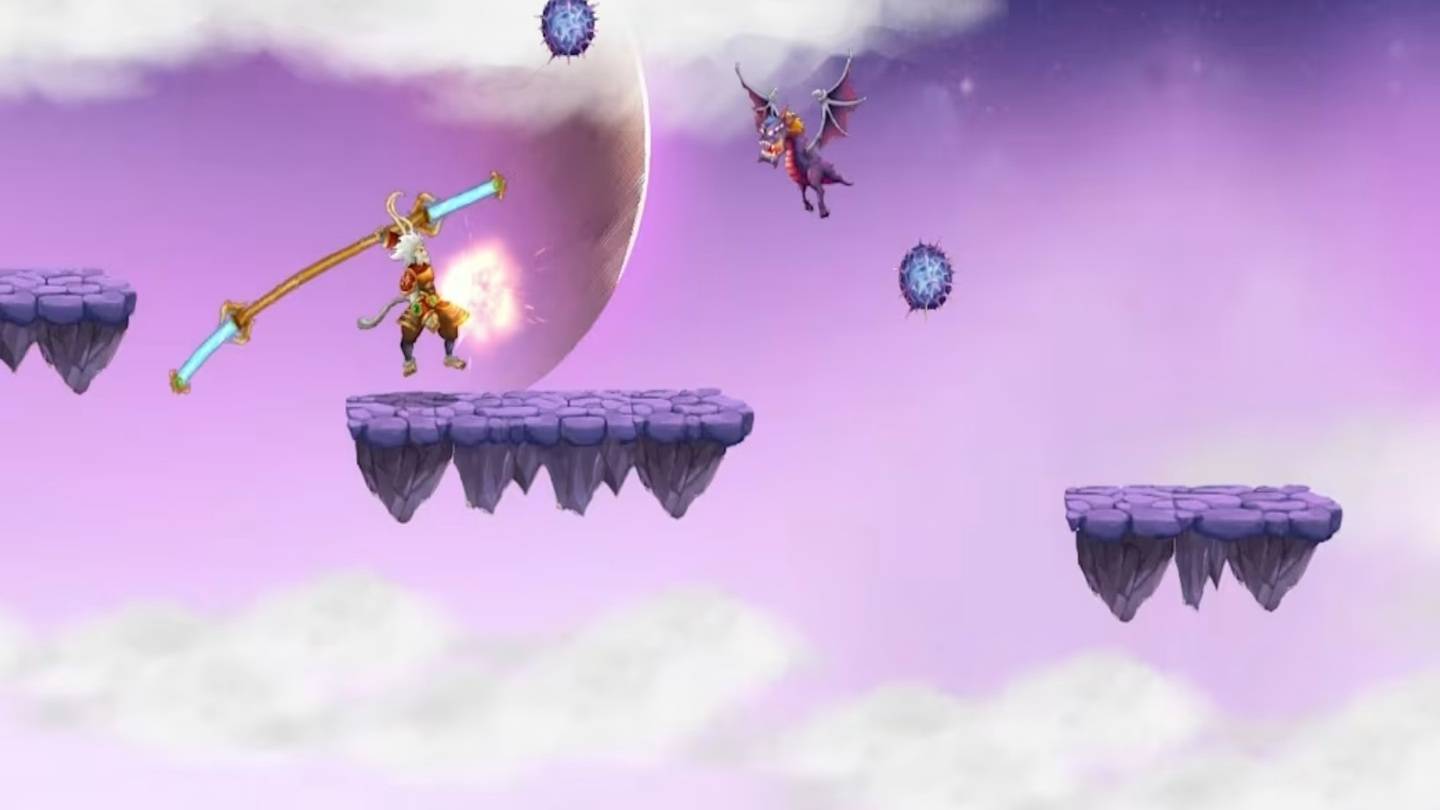Netflix expands the Witcher universe with The Witcher: Sea of Sirens, an animated film adapting Andrzej Sapkowski's "A Little Sacrifice." This coastal kingdom tale intertwines humans and merfolk, promising drama and action, but delivers a mixed bag narratively.
Table of Contents
- What is The Witcher: Sea of Sirens About?
- Art Style and Animation
- Action Sequences: Visually Impressive, Narratively Flawed
- Storyline: A Disjointed Narrative
- Comparison to Nightmare of the Wolf
- Behind-the-Scenes Insights
- Fan Reception and Criticism
- Future of Witcher Media
- Broader Implications for Fantasy Adaptations
- Should You Watch It?
 Image: netflix.com
Image: netflix.com
What is The Witcher: Sea of Sirens About?
Set between seasons of the live-action series, the film follows Geralt (voiced by Doug Cockle) and Jaskier investigating a sea monster terrorizing Bremervoord. Their investigation entangles them in the tragic romance of Prince Agloval and the mermaid Sh'eenaz, and reveals Lambert's childhood connection to the duchy. While elements remain faithful to the source material, others, like Agloval's characterization, diverge significantly.
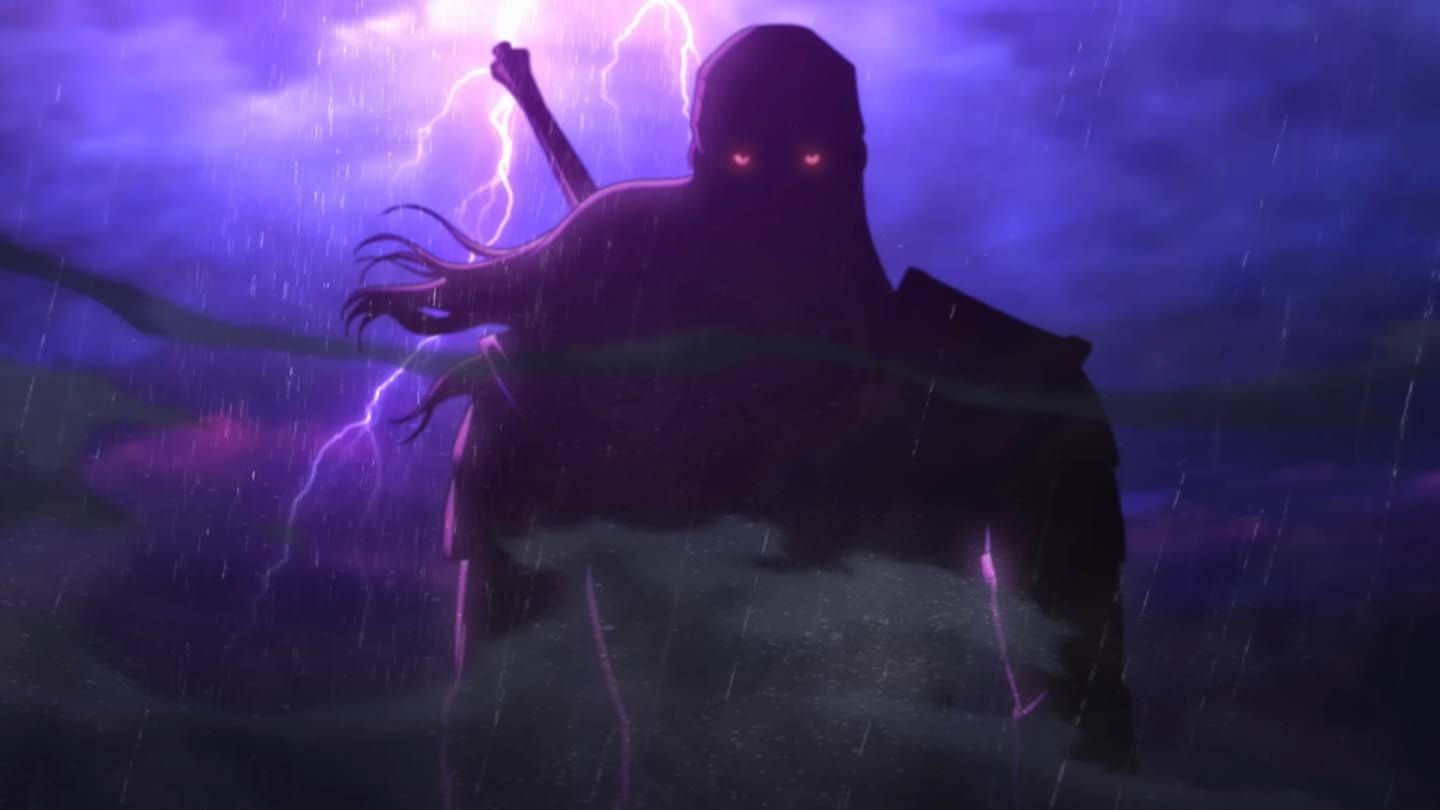 Image: netflix.com
Image: netflix.com
Art Style and Animation
Studio Mir's distinctive style shines, particularly in the underwater sequences. Merfolk designs are intricate and unique, but character designs sometimes lack consistency with the live-action series. Eithne, for instance, falls short of her book portrayal.
 Image: netflix.com
Image: netflix.com
Action Sequences: Visually Impressive, Narratively Flawed
Geralt's combat is visually spectacular but lacks strategic depth. His actions often feel haphazard and defy his established fighting style, leaning into generic action hero tropes rather than his tactical prowess.
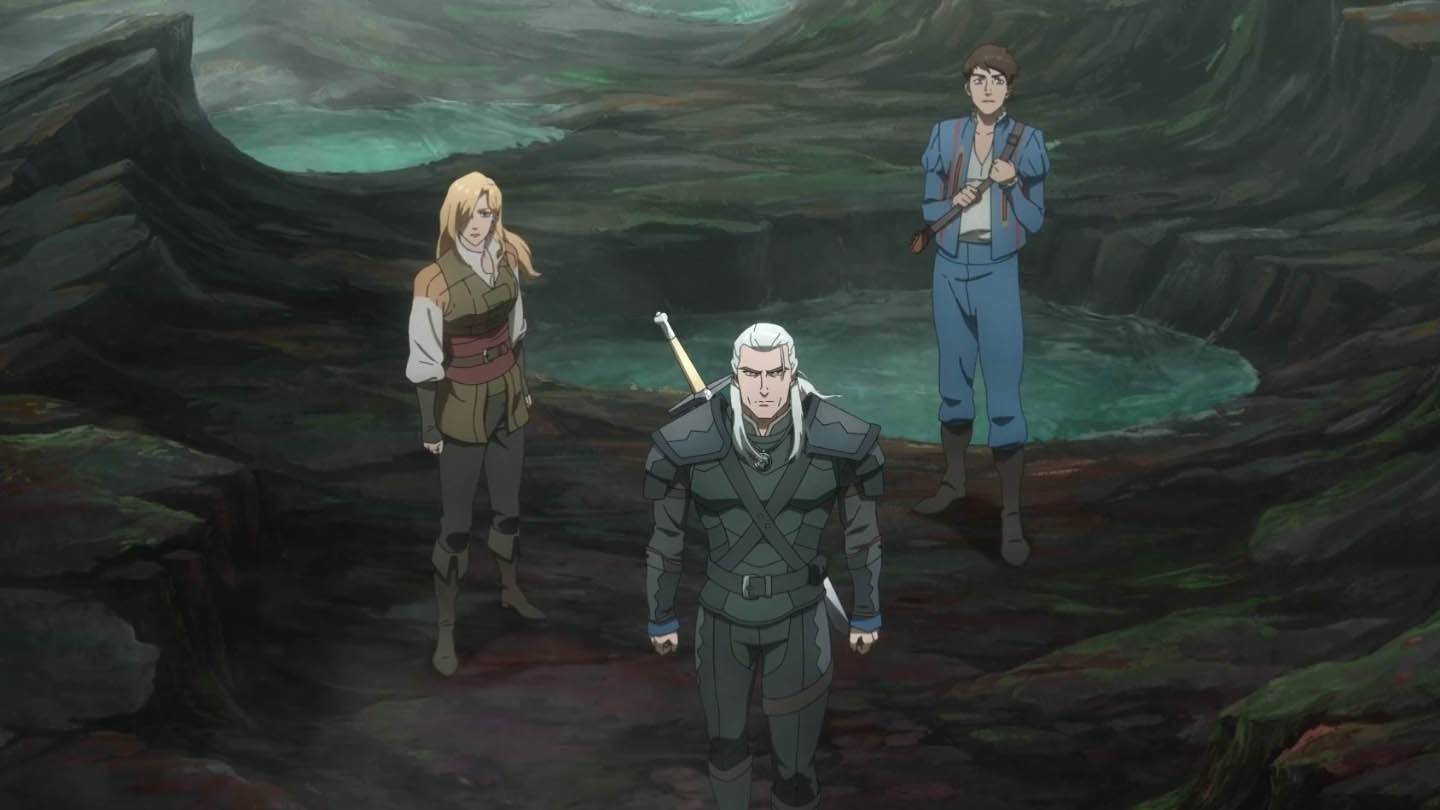 Image: netflix.com
Image: netflix.com
Storyline: A Disjointed Narrative
The film attempts to juggle romance, interspecies conflict, and Geralt's internal struggles, but the narrative feels disjointed. Predictable plot points and an abrupt musical number disrupt the dark fantasy tone. Eithne's potential as a compelling character is unrealized, and Geralt's moral dilemmas remain superficial.
 Image: netflix.com
Image: netflix.com
Comparison to Nightmare of the Wolf
Sea of Sirens falls short of Nightmare of the Wolf in both narrative cohesion and thematic depth. While the former offered an emotionally resonant origin story, the latter relies too heavily on spectacle.
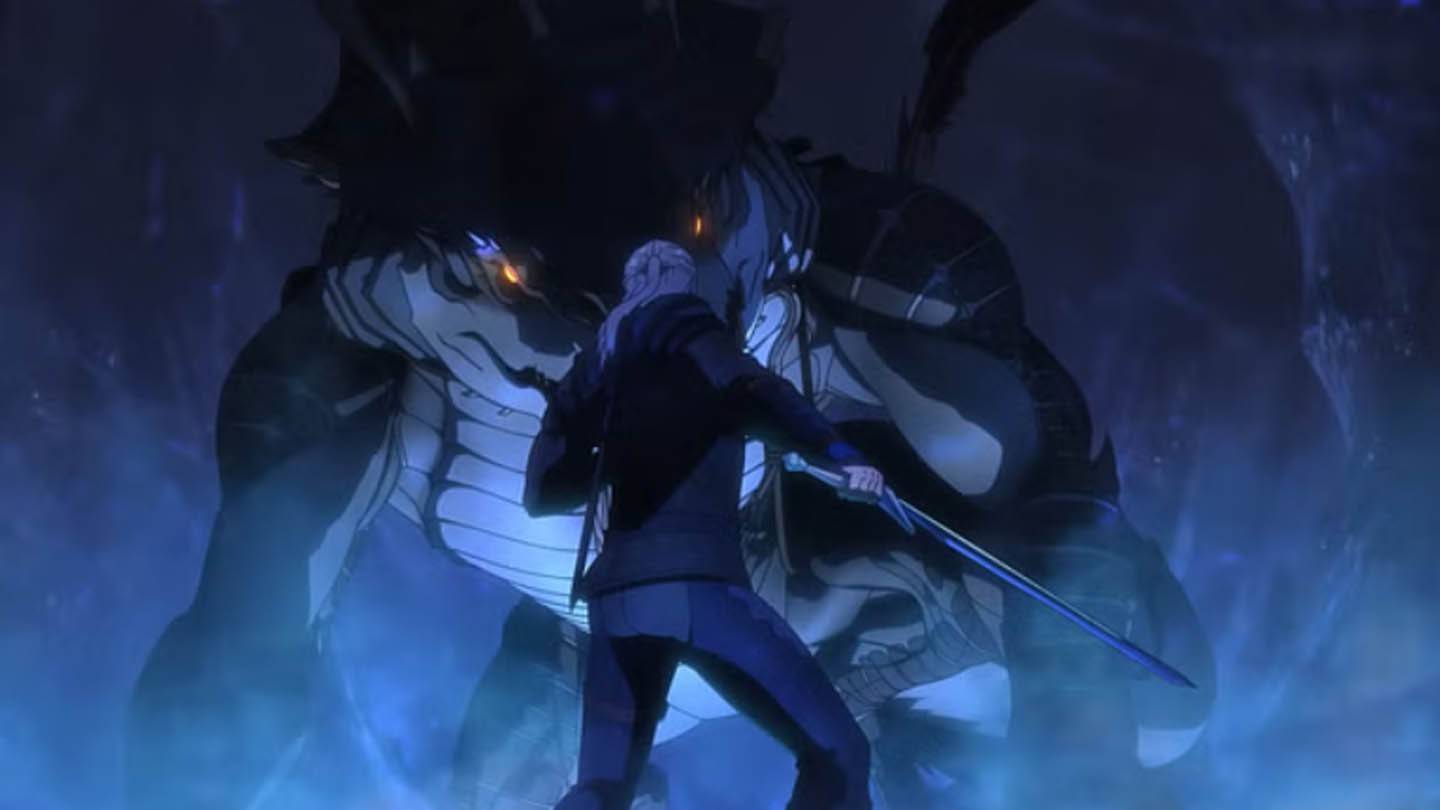 Image: netflix.com
Image: netflix.com
Behind-the-Scenes Insights
The production team faced challenges balancing fidelity to Sapkowski's work with animation demands. Designing the merfolk, balancing beauty and menace, proved particularly challenging.
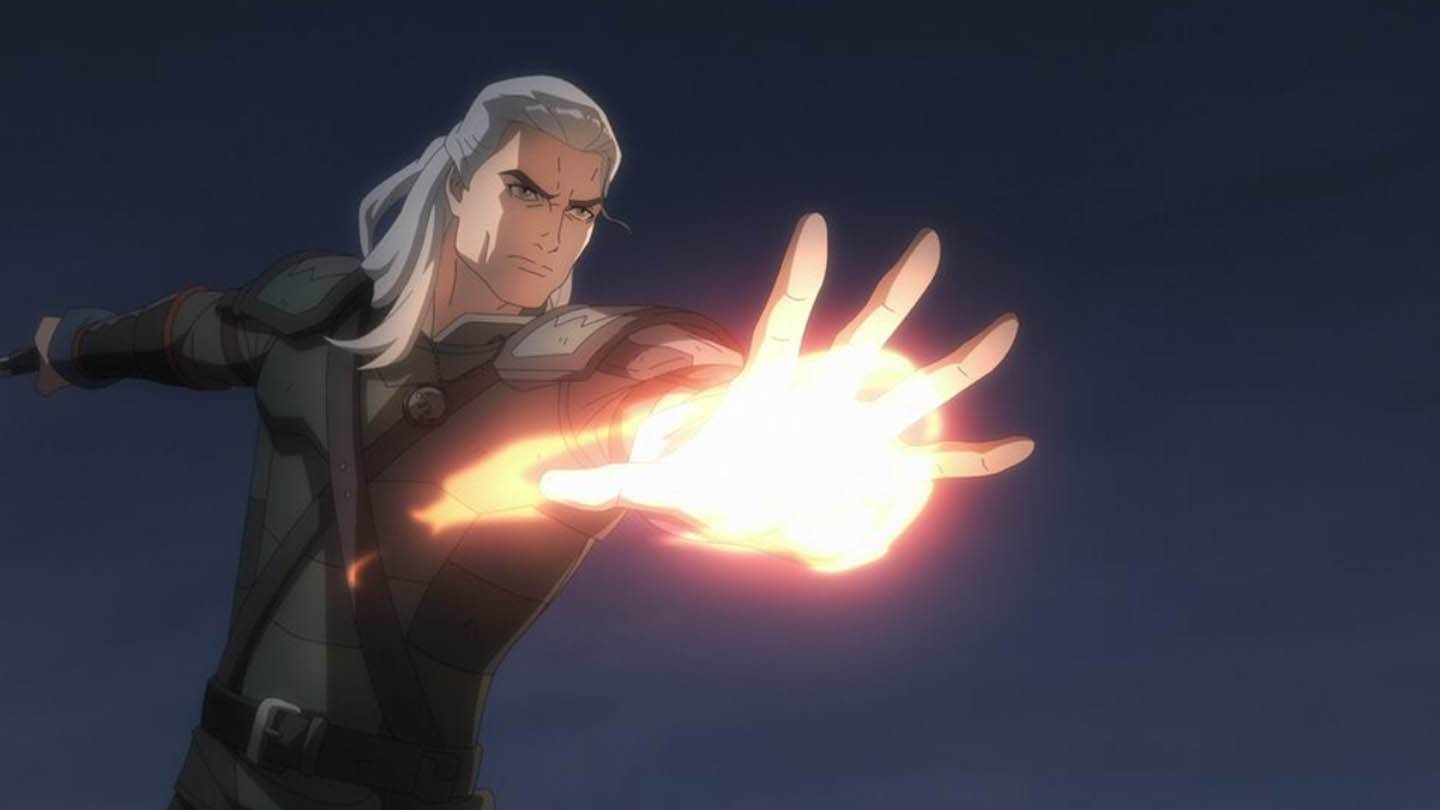 Image: netflix.com
Image: netflix.com
Fan Reception and Criticism
Fan reaction is mixed. While some appreciate the adaptation of a lesser-known story, others criticize liberties taken with character portrayals, especially Geralt's fighting style and Eithne's underdeveloped role.
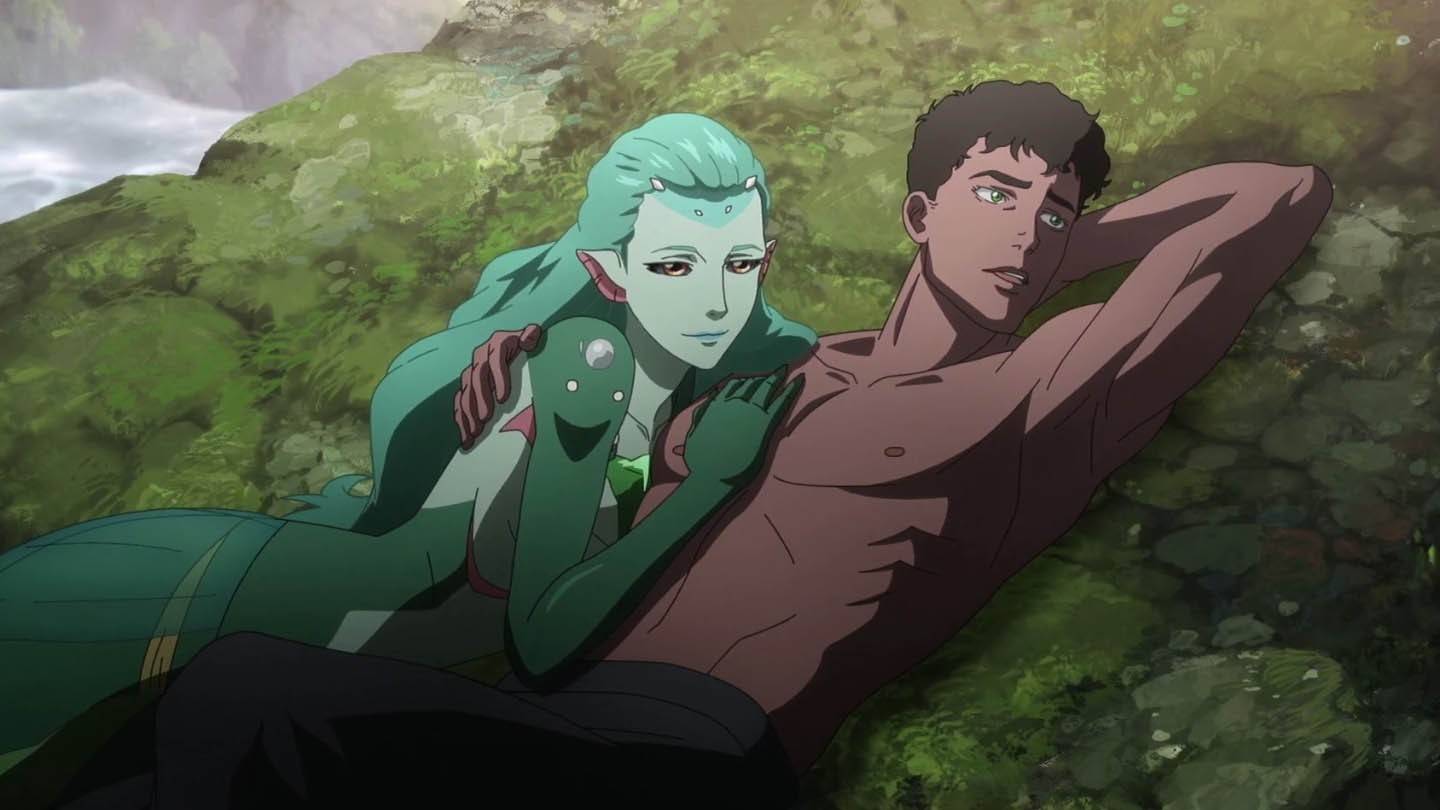 Image: netflix.com
Image: netflix.com
Future of Witcher Media
Sea of Sirens' place in the canon raises questions about future Witcher projects. Will Netflix continue with animated spin-offs, or refocus on the main series?
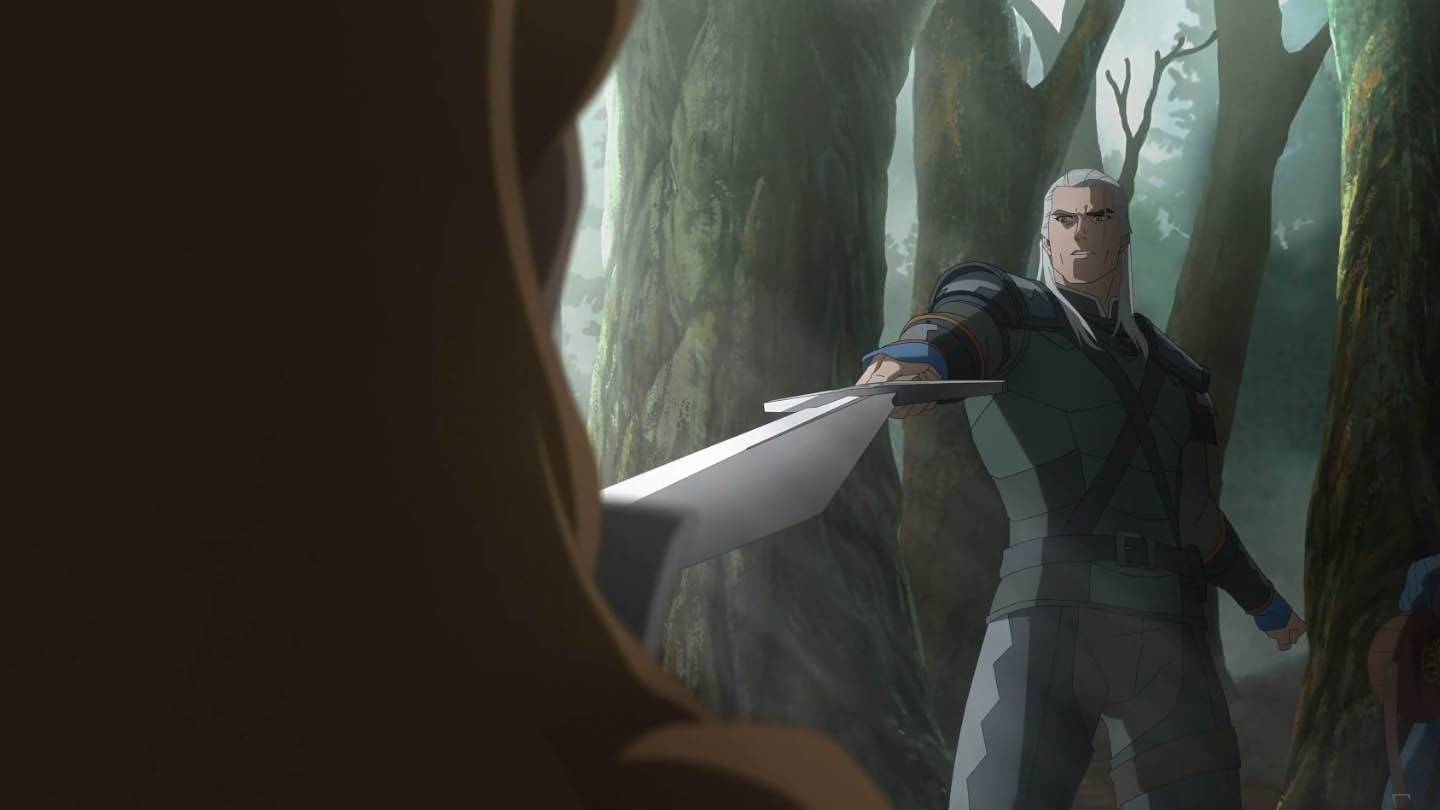 Image: netflix.com
Image: netflix.com
Broader Implications for Fantasy Adaptations
Sea of Sirens highlights the challenges of adapting beloved works. Balancing artistic license with source material fidelity is crucial to avoid alienating fans while attracting new audiences.
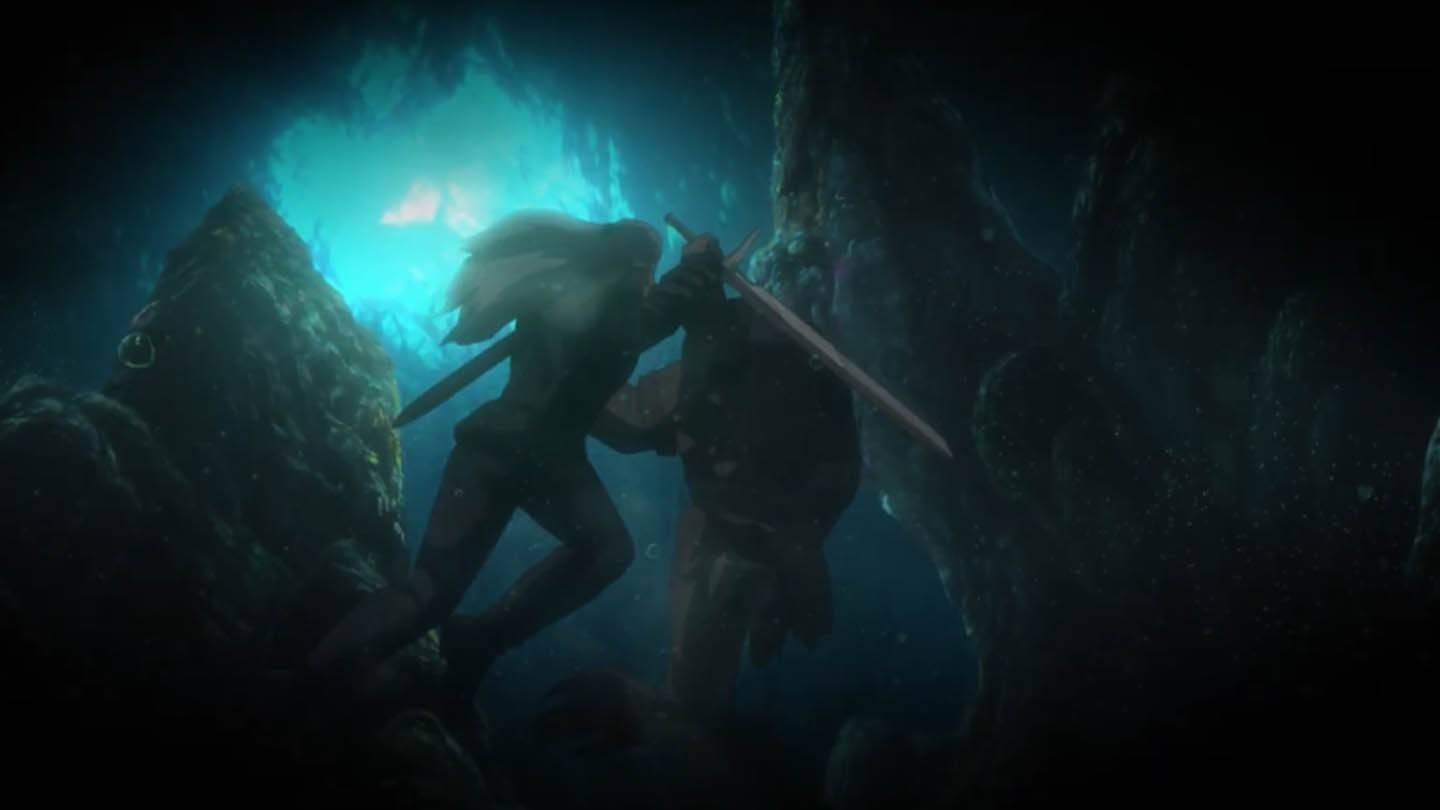 Image: netflix.com
Image: netflix.com
Should You Watch It?
Die-hard fans or those intrigued by Studio Mir's style might find it worthwhile for its visuals and faithfulness to certain aspects of the source material. However, those seeking a cohesive narrative or deeper character exploration may be disappointed. It's ultimately a visually engaging but narratively flawed addition to the Witcher lore.





